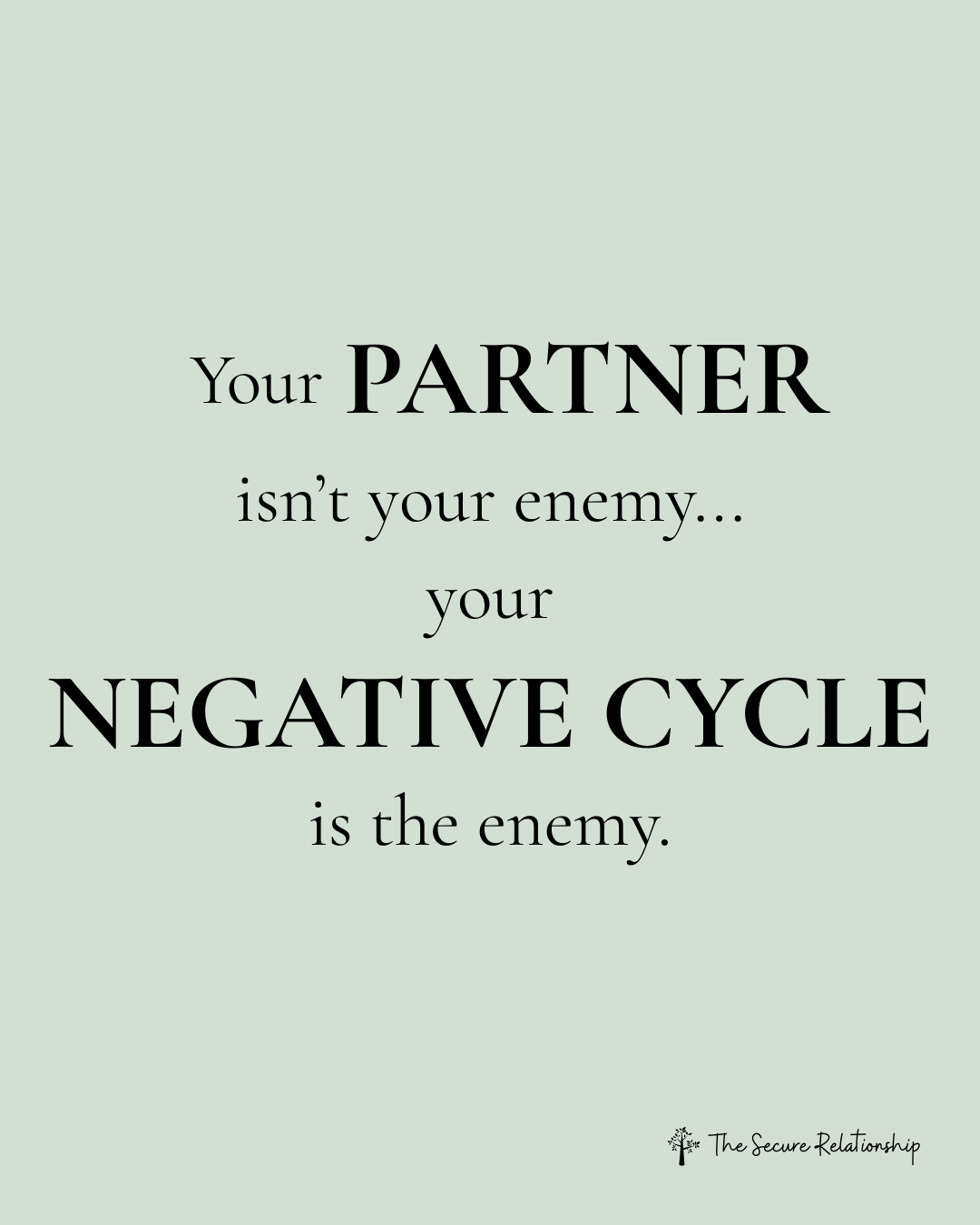How Do Attachment Wounds Get in the Way of Closeness?
How Do Attachment Wounds Get in the Way of Closeness?
Attachment wounds are significant breaches of trust within relationships. These wounds may result from one-time events, such as an affair, or from ongoing harmful behaviors, like chronic verbal abuse. Often, both partners carry attachment wounds that prevent them from connecting fully and thriving as a couple.
Attachment wounds can create the following challenges:
Shame: Both the wounded partner and the partner responsible for the wound often experience deep shame. Shame sends the message to “hide,” which blocks emotional connection.
Mistrust: Trust is essential for vulnerability, and attachment wounds damage this foundation. Without trust, partners struggle to open up, leaving their relationship stuck in defensive or distant patterns.
Betrayal: Attachment wounds can leave one or both partners feeling profoundly betrayed. This betrayal often manifests in unresolved grief and anger. If the relationship cannot hold space for these emotions, partners may remain stuck in cycles of hurt and resentment.
Can Attachment Wounds Be Healed?
Yes, attachment wounds can be healed. Couples who engage in the healing process often emerge stronger and more deeply connected. The path to healing involves:
Healing Conversations: Repeated conversations that validate each partner’s experience, foster accountability, and allow for genuine emotional expression.
Behavioral Changes: It’s crucial to not only talk about the wounds but also implement new behaviors that rebuild trust over time.
With these ingredients—consistent emotional engagement and new behaviors—trust can be restored, healing can happen, and the need for these conversations will diminish as the relationship strengthens.
Explore More on Healing Attachment Wounds
For a deeper dive into this topic, check out Chapter 9 of my book, Secure Love by Julie Menanno, which offers practical tools for healing attachment wounds and rebuilding trust.
“Attachment wounds can block vulnerability, but healing them leads to a stronger, more connected relationship.”



Trying to control your environment—like keeping a spotless house—can sometimes be a way to manage inner anxiety caused by relationship disconnection. But when that strategy backfires, it can create more of the very disconnection you’re trying to avoid. This post explores how personal anxiety shows up in relationships, and how couples can break the cycle.